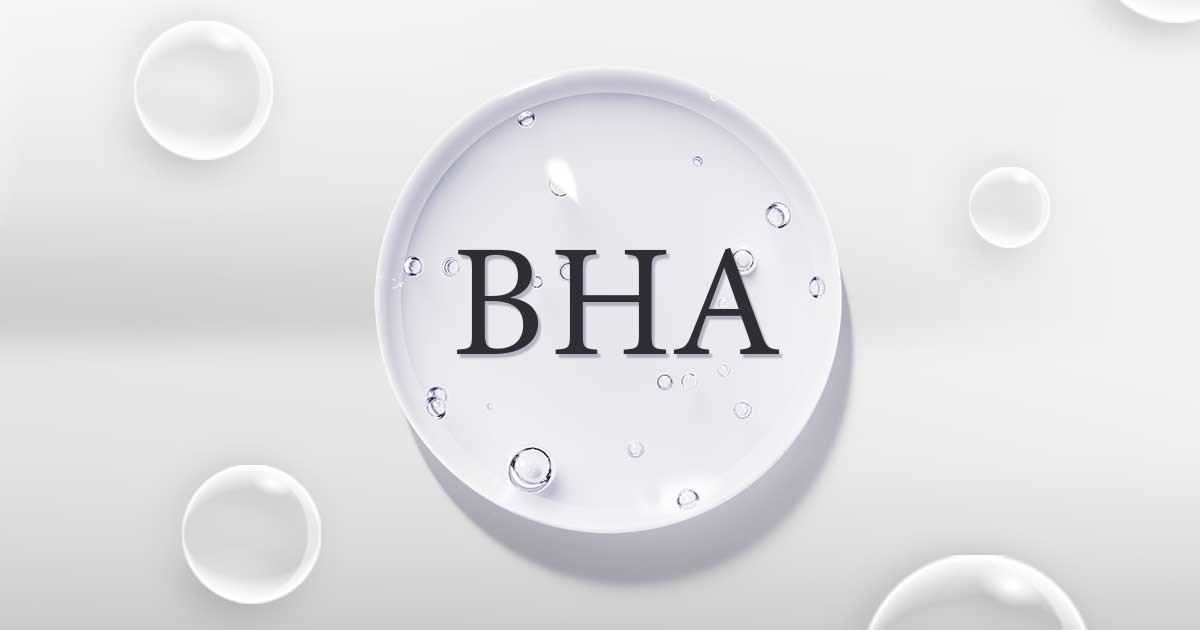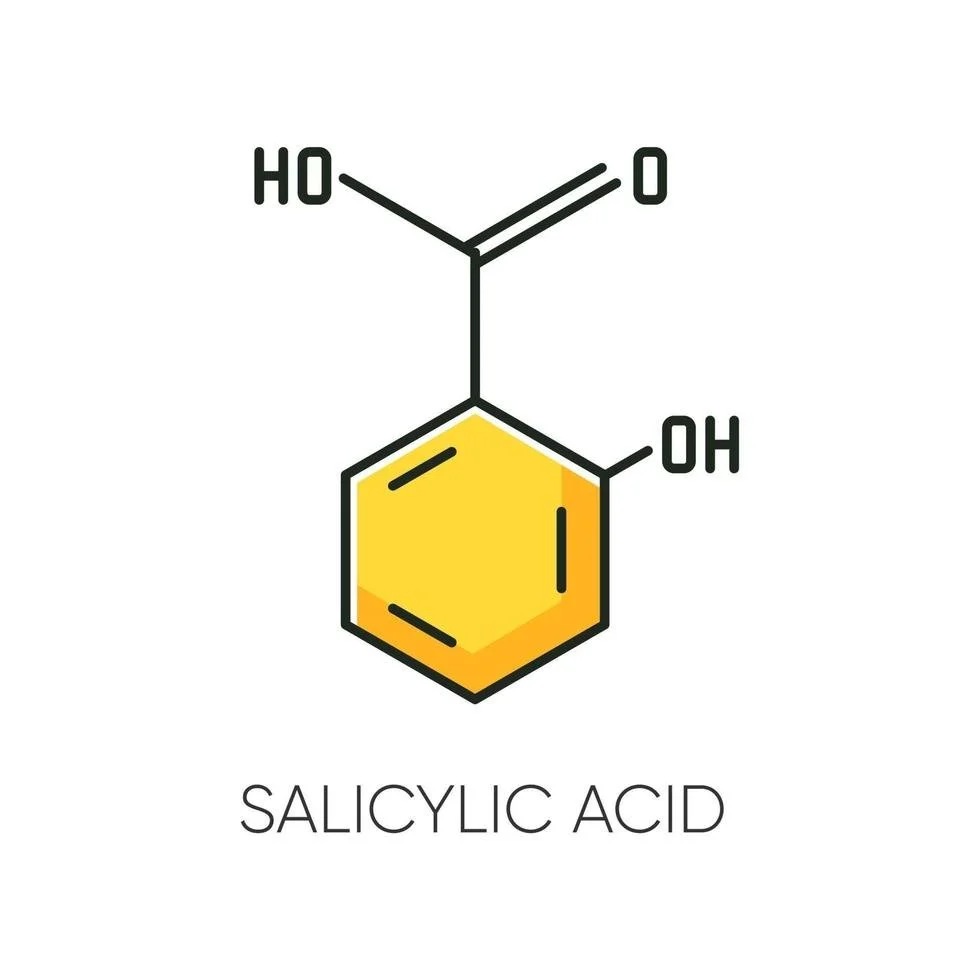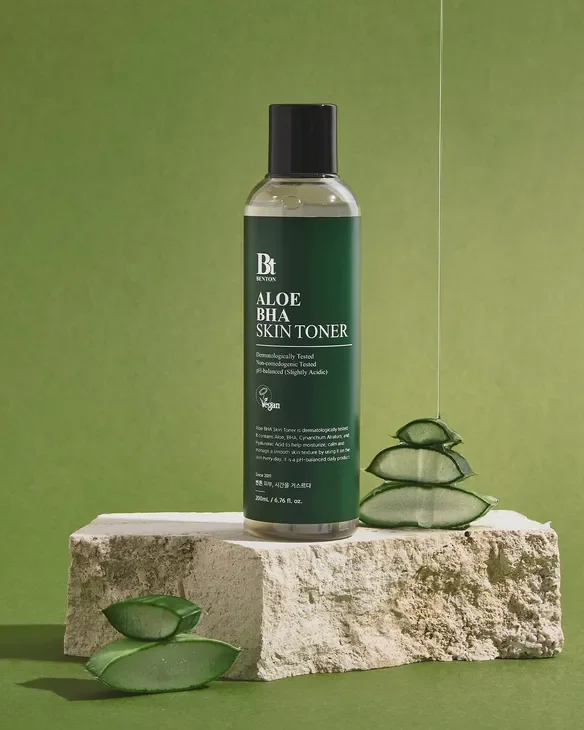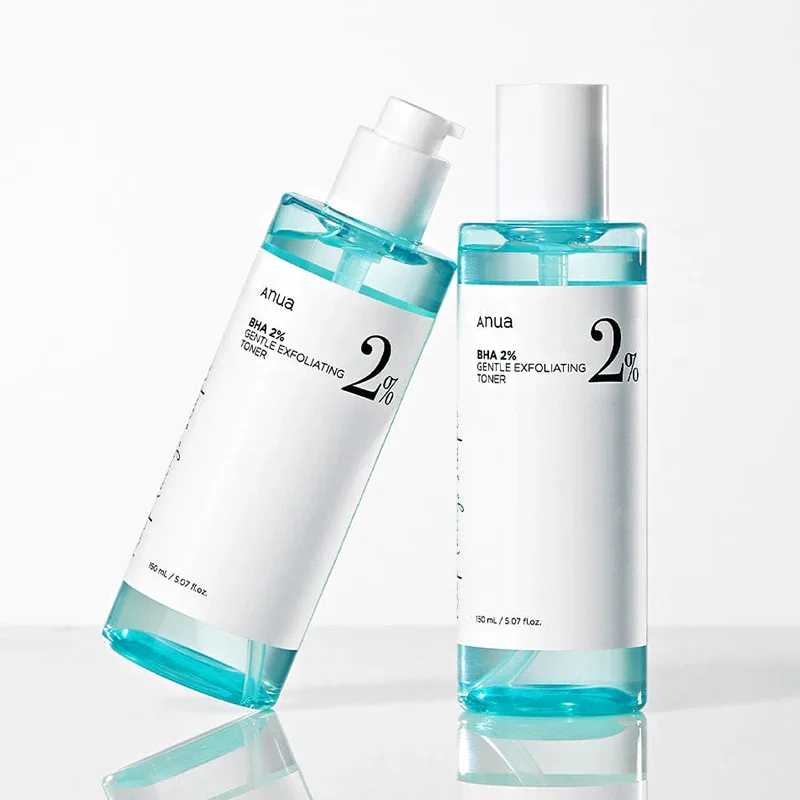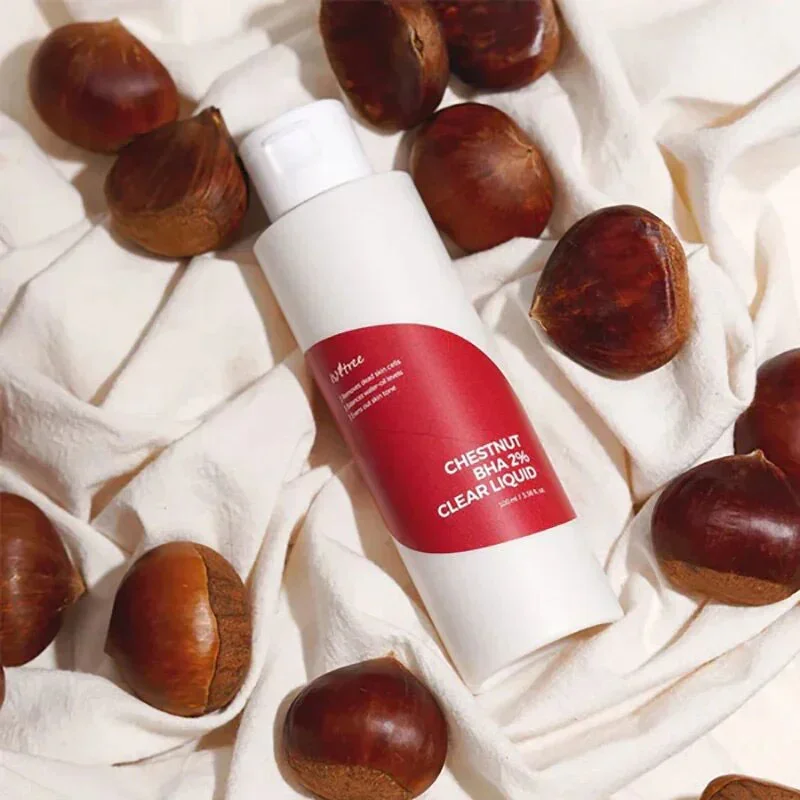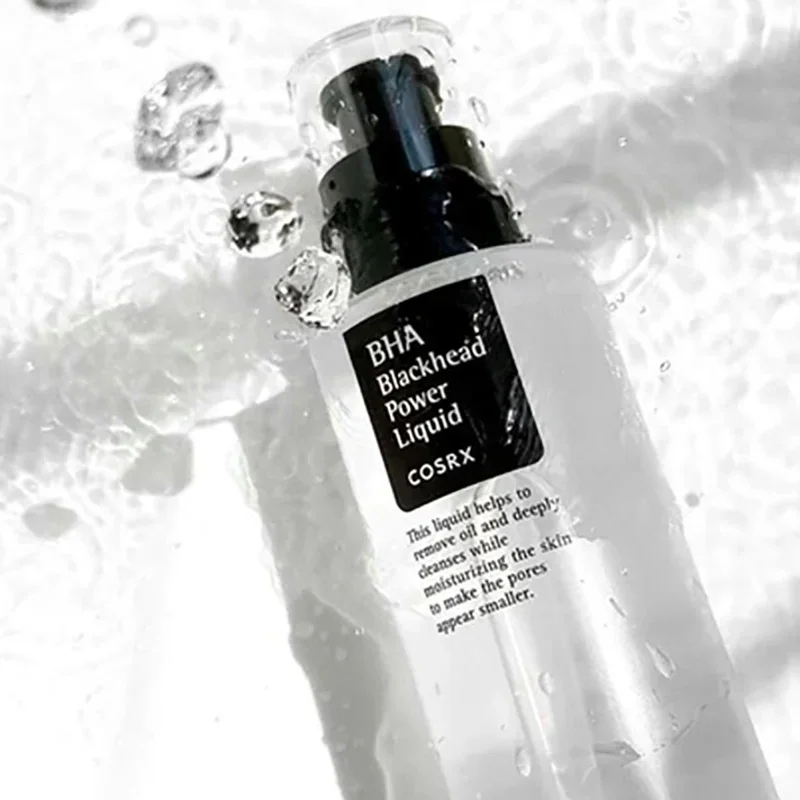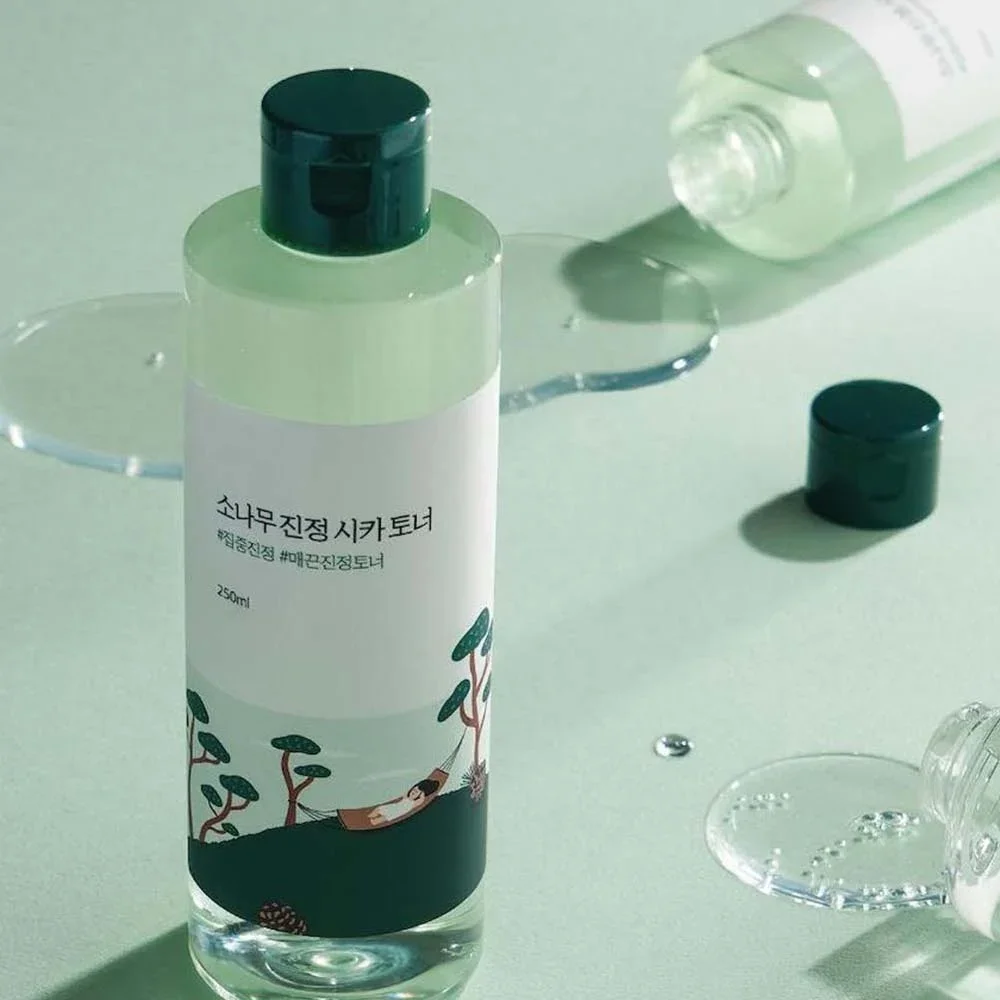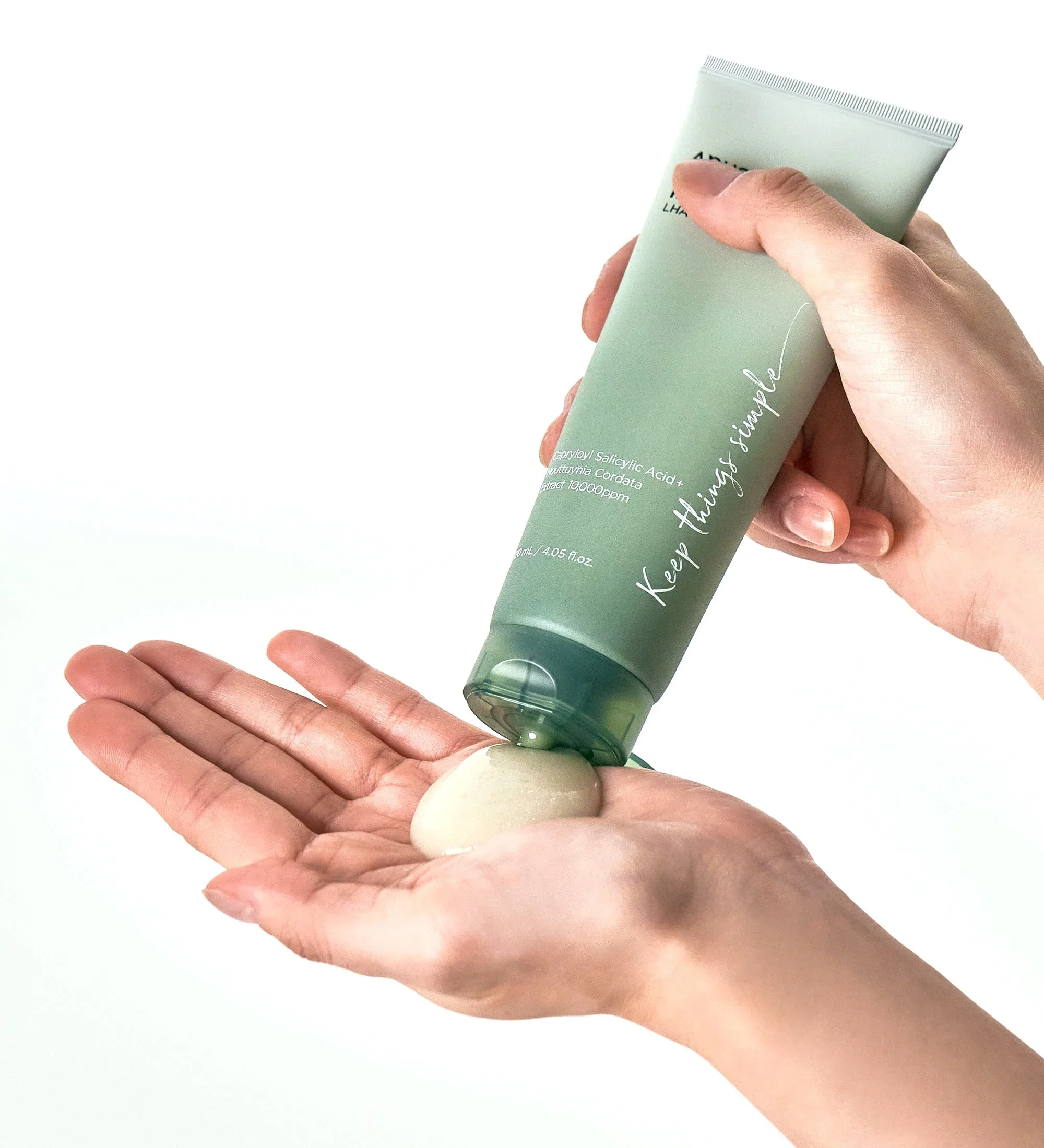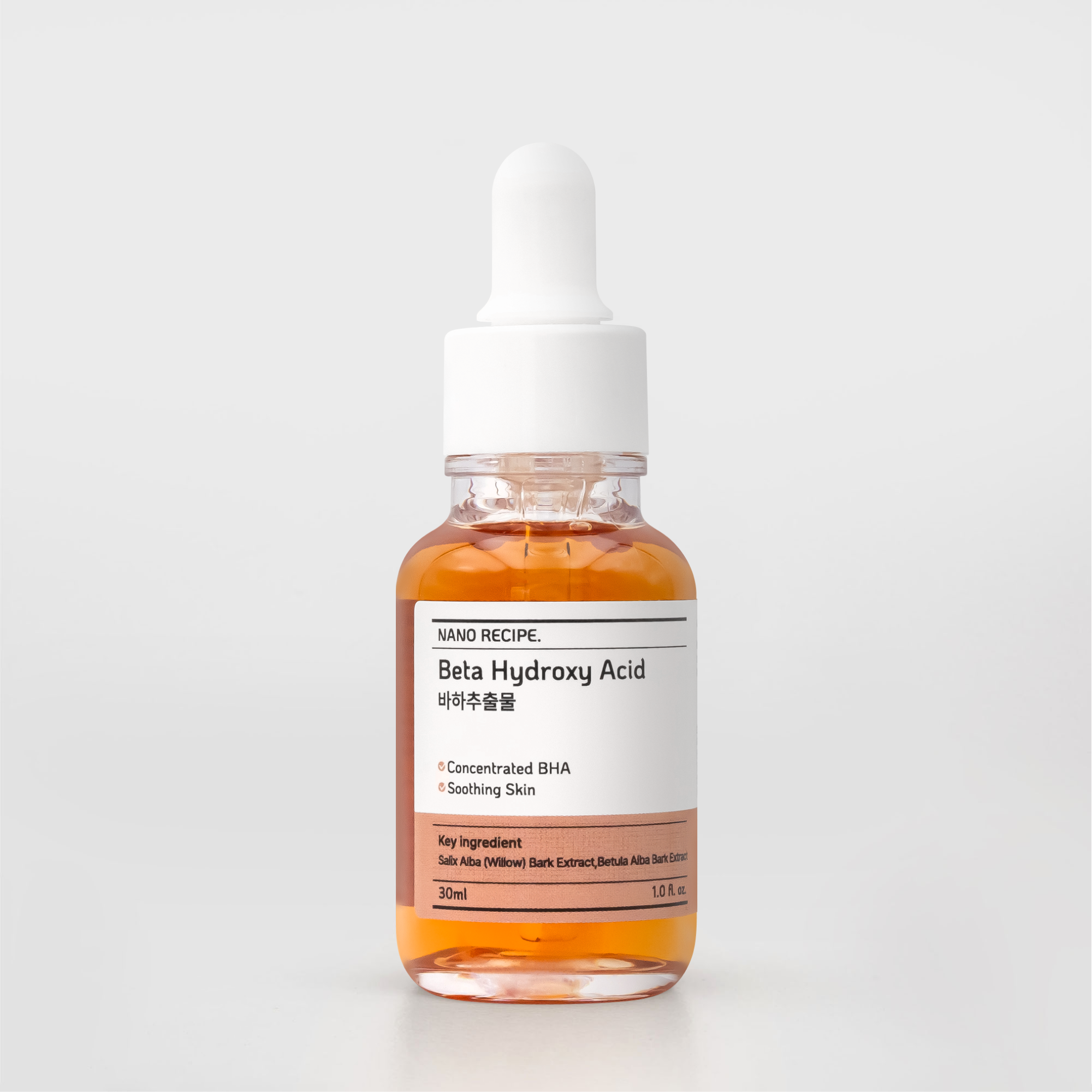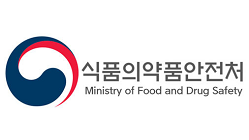BHAs: How They Benefit Your Skin
Ever wonder why some people seem to wake up with flawless, smooth skin while your pores and blackheads won’t cooperate? Could the secret be hiding in a tiny but mighty ingredient called BHA? And what about willow bark—or Salix Alba—does that count as a true BHA? Or LHA—how is it different, and why might it be gentler on your skin?
In this article, we’ll explore the magic of BHAs, from classic Salicylic acid to natural plant extracts and gentle derivatives, showing you how Korean skincare uses them to tackle breakouts, refine pores, and help your skin look and feel its healthiest. And as always, I’ll share plenty of carefully chosen product recommendations to help you find the BHA that perfectly matches your skin.
Table of Contents
What is BHA
Salicylic Acid: The Benchmark BHA
Betaine Salicylate: A Gentle Alternative
Lipo Hydroxy Acid (LHA): A Gentler BHA Derivative
Natural BHA Sources: Willow Bark and Friends
The Secret Rules Behind Korean BHAs
How to Combine BHA with Other Ingredients
What is BHA
Beta Hydroxy Acids (BHAs) are a cornerstone of effective skincare, especially for oily, acne-prone, or combination skin. Unlike AHAs, which are water-soluble chemical exfoliants and work mainly on the surface, BHAs are oil-soluble, letting them penetrate deep into the pores. This makes them perfect for clearing congestion while still smoothing your skin’s surface.
The best part? BHAs are generally gentle, so irritation is rarely a problem. Even better, they come in different forms, from Salicylic acid to gentler derivatives, making it possible for all skin types—even the most sensitive—to find a BHA that suits them. Let’s take a closer look at the different BHAs and how they work.
Salicylic Acid – The Benchmark BHA
Salicylic acid, the most widely used BHA, was originally derived from willow and sweet birch bark. Today, it’s available in synthetic or naturally derived forms, providing purity and stability in modern skincare.
Thanks to its oil-loving structure, Salicylic acid can dissolve hardened sebum and penetrate pores to exfoliate from the inside out. It also calms inflamed tissue, helping with redness and irritation.
Key Benefits
Comedolytic: dissolves blackheads and prevents new plugs
Sebum regulating: thins sticky oil, reducing shine
Soothing: naturally anti-inflammatory, ideal for reactive or rosacea-prone skin
Texture & tone: smooths bumps and fades post-acne marks
Usage Tips
1–2% in leave-on products for daily pore care
4–9% in wash.off products for stubborn texture or clogged pores
Professional peels: 20–30%
Optimal pH: 3–4 for exfoliation; higher pH mainly soothes
Precautions
Start every other day if your skin is sensitive. Always use sunscreen and avoid if you’re allergic to salicylates.
Key exfoliant: <0.5% Salicylic Acid
Formulated with over 80% Aloe Vera, plus Sodium Hyaluronate and Beta-Glucan, this toner soothes, hydrates, and supports gentle exfoliation without irritation.
Best for: sensitive, oily, or acne-prone skin needing light hydration and mild exfoliation
Key exfoliant: 2% Salicylic Acid
This toner clears pores and smooths skin with 2% BHA, while Hyaluronic Acid, Tea Tree Extract, Ceramide NP, and Centella Asiatica hydrate, balance, and calm.
Best for: oily, combination, or breakout-prone skin needing effective exfoliation with soothing care
Key exfoliant: 2% Salicylic Acid
This exfoliating liquid smooths rough texture and clears pores with 2% BHA, while chestnut shell extract (rich in tannins) helps tighten pores and control shine. Hyaluronic Acid and Sodium Hyaluronate keep skin hydrated.
Best for: oily and combination skin with enlarged pores and uneven texture
Betaine Salicylate – A Gentle Alternative
Betaine salicylate is a close relative of salicylic acid, meaning it works like a BHA but with a gentler touch. It’s a betaine salt of salicylic acid, so the acid is bound to betaine, a naturally occurring amino acid derivative. Like salicylic acid, it’s oil-soluble, allowing it to penetrate pores and gently exfoliate where congestion begins.
Key Benefits
Gentle pore clearing: Helps dissolve clogged pores without over-stripping
Reduces blackheads and breakouts: Keeps skin clearer over time
Smooths skin texture: Exfoliates dead skin cells on the surface and inside pores
Sensitive-skin friendly: Less irritating than pure salicylic acid, suitable for reactive skin
Usage Tips
Betaine salicylate is typically found in concentrations of 3–5% in leave-on products, like toners, serums, or gentle chemical exfoliants. Its mild, skin-friendly nature makes it suitable for daily use, even for those with sensitive or redness-prone skin.
Quick Concentration Guidelines
Low (1–2%) – Gentle exfoliation and hydration, perfect for sensitive skin and daily use
Medium (2–3%) – Targets breakouts, large pores, and uneven texture
High (up to 4%) – Intensive treatments like peeling masks; 4% betaine salicylate ≈ 2% salicylic acid, but with less irritation
Key exfoliant: 4% Betaine Salicylate
Formulated with additional White Willow Bark Water to calm and 2% Niacinamide to brighten and strengthen the skin barrier, this liquid targets blackheads and clogged pores.
Best for: oily and acne-prone skin prone to blackheads, used alongside a hydrating toner
COSRX Two in One Poreless Power Liquid
Key exfoliant: 0.1% Betaine Salicylate
With 88% White Willow Bark Water for natural BHA care, this essence-toner helps refine texture and minimize the look of pores. Allantoin and Panthenol soothe and support the skin barrier.
Best for: oily or combination skin with sensitivity, needing pore-tightening and gentle exfoliation
Lipo Hydroxy Acid (LHA) – A Gentler BHA Derivative
LHA (capryloyl salicylic acid) is a close relative of salicylic acid, meaning it’s still technically a BHA, but with a twist. A fatty chain is added to its structure, making it more “oil-loving” (lipophilic) and slightly larger. This means it doesn’t rush deep into the pores like classic salicylic acid but instead exfoliates slowly, layer by layer, on the surface and just inside the pores. The result is gentle, controlled exfoliation that’s easier on sensitive or reactive skin.
Key Benefits
Slow-release exfoliation: Works gradually, mimicking natural skin turnover
Comedolytic & antibacterial: Helps keep pores clear and discourages acne-causing bacteria
Gentle on skin: pH around 5.5 reduces stinging and protects the skin barrier
Texture & tone: Smooths bumps and gradually fades post-acne marks and hyperpigmentation
Usage Tips
LHA is typically used at 0.3–1% in daily leave-on products. Its gentle, slow-action formula makes it suitable even for sensitive or redness-prone skin—so you get many of the benefits of a BHA without the risk of irritation that can come from stronger acids.
Key exfoliant: Capryloyl Salicylic Acid
This soothing toner combines Pine and Cica extracts (Asiatic Acid, Madecassic Acid) to calm redness and irritation, while multiple forms of Hyaluronic Acid deeply hydrate and plump the skin.
Best for: sensitive or dry skin needing hydration, calming care, and gentle exfoliation
Key exfoliants: Gluconolactone (PHA), Capryloyl Salicylic Acid
These dual-textured pads gently sweep away dead skin cells and excess sebum while hydrating and soothing with Evening Primrose, Arrowroot, and Pine Leaf extracts. 2% Niacinamide helps brighten and refine pores for a smoother look.
Best for: oily or combination skin needing pore care, mild exfoliation, and balanced hydration
Key exfoliant: Capryloyl Salicylic Acid
This lightweight peeling gel softly removes dead skin cells while Heartleaf, Aloe, and Broccoli Extract calm and nourish. Sodium Hyaluronate helps maintain hydration for a refreshed, smoother complexion.
Best for: sensitive or combination skin needing gentle exfoliation with soothing hydration
Natural BHA Sources – Willow Bark and Friends
Plant extracts like willow, wintergreen, and sweet birch have a long history in natural skincare, thanks to compounds like salicin that offer gentle soothing and antioxidant support. While these natural remedies can help calm your skin and complement your routine, it’s important to be honest: your skin can’t turn salicin into active BHA. That means these extracts can’t clear pores or dissolve blackheads the way Salicylic acid does. Think of them as supportive, nature-inspired helpers rather than replacements for a true pore-clearing BHA. Perfect for adding a gentle touch, but not a substitute for the deep exfoliation and breakouts control that Salicylic acid provides.
Key Benefits
Anti-inflammatory: Salicin has natural anti-inflammatory and soothing properties, helping reduce redness and irritation
Antioxidant Effects: Other compounds in these extracts protect the skin from environmental damage and support overall skin health
Caution: Some unrefined extracts may contain fragrant compounds like limonene or linalool, which can sensitize reactive skin.
Key exfoliant: Beta Hydroxy Acid (plant-derived, from Willow Bark)
This mild, oil-soluble BHA concentrate deeply cleanses pores, regulates excess oil, and gently exfoliates to smooth skin and minimize blackheads and whiteheads.
Best for: oily, acne-prone, or troubled skin needing gentle pore-clearing and exfoliation
The Secret Rules Behind Korean BHAs
If you’re in Korea, you might notice that finding a BHA product with 2% salicylic acid can be tricky—and there’s a reason for it. The Ministry of Food and Drug Safety (MFDS) regulates the amount of BHA (salicylic acid) allowed in cosmetics sold domestically:
0.5% max in leave-on products
Up to 2% in body cleansers
Up to 3% in rinse-off products
These rules are designed to keep skincare gentle, safe, and barrier-friendly. But don’t worry—you can still find Korean BHA products with higher concentrations on international platforms, so there’s plenty of options for pore-clearing and breakout-fighting in your routine.
How to Combine BHA with Other Ingredients
Can I use Vitamin C and Salicylic Acid together?
Yes! They can be safely combined, but if your skin is sensitive, watch out for irritation. You can patch test or use them at different times of day to be extra gentle.
Can I use BHA and Niacinamide together?
Absolutely. Niacinamide works beautifully with BHA, helping balance sebum while complementing its exfoliating effects. Start with lower concentrations if you’re new to either ingredient.
Can I use BHA and Retinol together?
Yes, they can be combined, as both help acne and improve skin texture. To reduce irritation, introduce them gradually or use at different times of day.
Can I use AHAs and BHAs together?
Yes! AHAs and BHAs can enhance each other’s effects, but if your skin is sensitive, begin with lower concentrations and monitor how your skin reacts to avoid over-exfoliation.
Conclusion
BHAs are just one example of how thoughtful ingredients in Korean skincare can help your pores stay clear, reduce blackheads, and keep breakouts under control—all while leaving your skin smooth, balanced, and radiant. From salicylic acid to gentle LHA and soothing plant extracts, there’s a BHA option for every skin type, even sensitive skin.
If you want to explore more about Korean skincare, find tips that fit your routine, or discover guidance tailored to your skin, my blogs, ebooks, and personalized skincare guides are here to help. You can also follow me on Instagram for daily skincare inspiration, tips, and behind-the-scenes insights into creating a routine that truly works for you.

